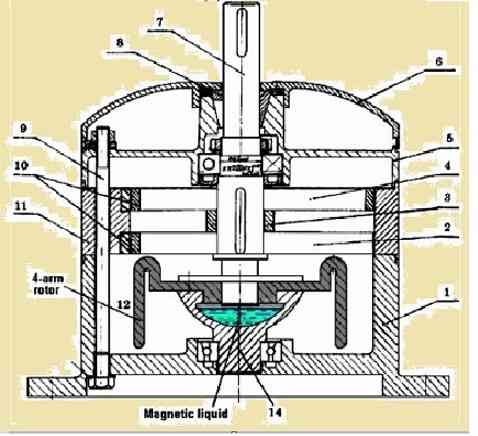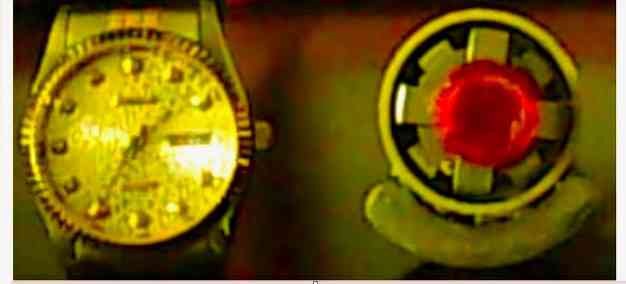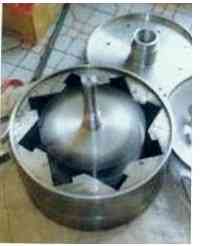People think permanent magnets are not useful but this is wrong.
Magnets live long time and can fight gravity but they can do much more.
By looking close how magnets are made and work we can find surprising things which science did not expect.
This study shows how magnets work, where we use them and why people do not use them more for energy.
Now through ShenHe Wangs Permanent Magnet Motor with Free Energy we can start to see how magnets can help future technology grow.
Examining Permanent Magnets Potential From Fundamental Ideas to Real-World Uses:
Knowing Permanent Magnets and What They Can Do:
People think permanent magnets cannot do real work.
Yes magnet can stick to fridge and fight gravity but some say this not real work.
But looking at how magnets work it seem confusing.
What is Permanent Magnet?
Take material like mild steel and put it in wire coil, send strong electric current and this will make it magnet.
Steel become magnet this way.
Current need only less than one tenth second to make it.
After that magnet keeps pulling power and fighting gravity for many years.
This long life is very different from short electric pulse it needed.
Why Magnet Works So Long?
It feel strange magnet works long time but it got only small electric push.
Humans can not hold something for days or months like magnet does.
So how magnet do it?
Main point: magnet not do work like machine or human.
Magnet just has field like solar panel gets power from sun.
That short electric push lines up atoms in steel and makes magnetic field which is called dipole.
This field moves energy around magnet and lets it stick to metal and fight gravity for long time.
This is called magnetism.
Are Permanent Magnets Useful for Real-World Applications?

Many people wrongly think permanent magnets are not useful in real life.
But this not fully true.
One example Chinese inventor ShenHe Wang made a 5 kilowatt generator using only permanent magnets.
His idea uses magnetic particles floating in liquid with no fuel needed.
He planned to show big model at Shanghai World Expo.
But Chinese government stopped it only allowed small version which was not so useful.
Big model display was blocked by government.

Instead they only allowed small model like size of wristwatch.
It showed idea works but too small for real power use.
This shows normal people may not get such technology because of big political and with money problems.
Barriers posed by the government and economy:
Governments often want to control money and resources from energy.
They may stop free energy devices to keep control and income.
Even when technology solves problems, politics and money reasons often block progress.
Wangs Generator: An Exploitable Resource:
After hard testing Wangs generator is now used to help make Chinas coal power plants more green.
But big powerful groups stop the idea from spreading even if it has good potential.
In April 2008 two of Wangs 5 kilowatt generators passed Chinas tough 6 month safety test.

After this success big Chinese group started buying coal power plants to upgrade them using Wangs bigger and cleaner generators.
Wangs motor has four arm rotor spinning in shallow bowl with liquid and floating magnetic particles.
Opportunities and Technical Difficulties:
Permanent magnet motors can do real work but making them is not easy.
Hard to set magnets right so push and pull forces stay balanced and give steady power.
To control these forces things like soft iron can be added to magnetic fields.
Even if DIY magnet motors are not strong or super efficient then they can still make energy.
Big problem is magnetic drag it gets worse with more electric current and lowers power output.
Conclusion:
This ShenHe Wangs Permanent Magnet Motor with Free Energy gets energy from around them to show magnet power even if they not do work like machines.
They can be useful but politics and money blocks often stop them from being used widely.
Leave a Reply